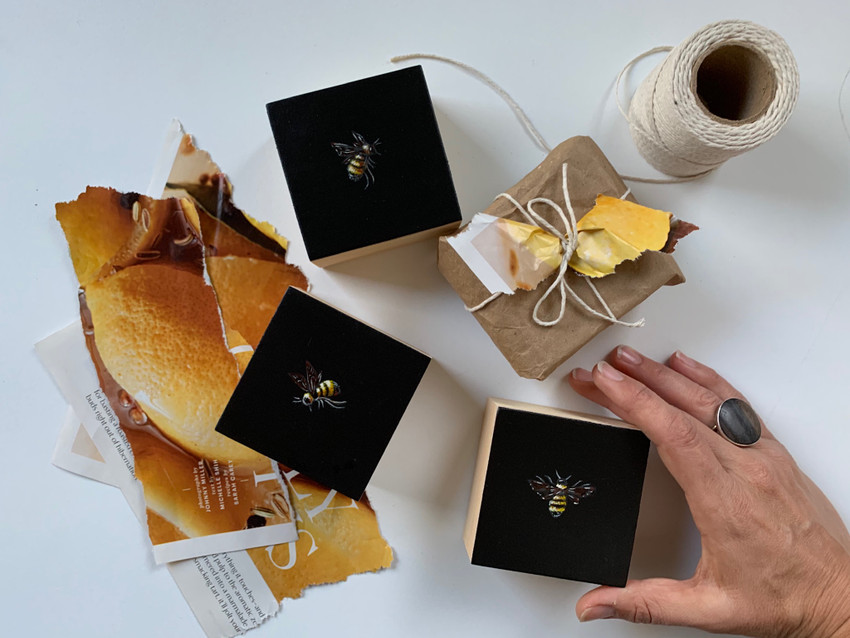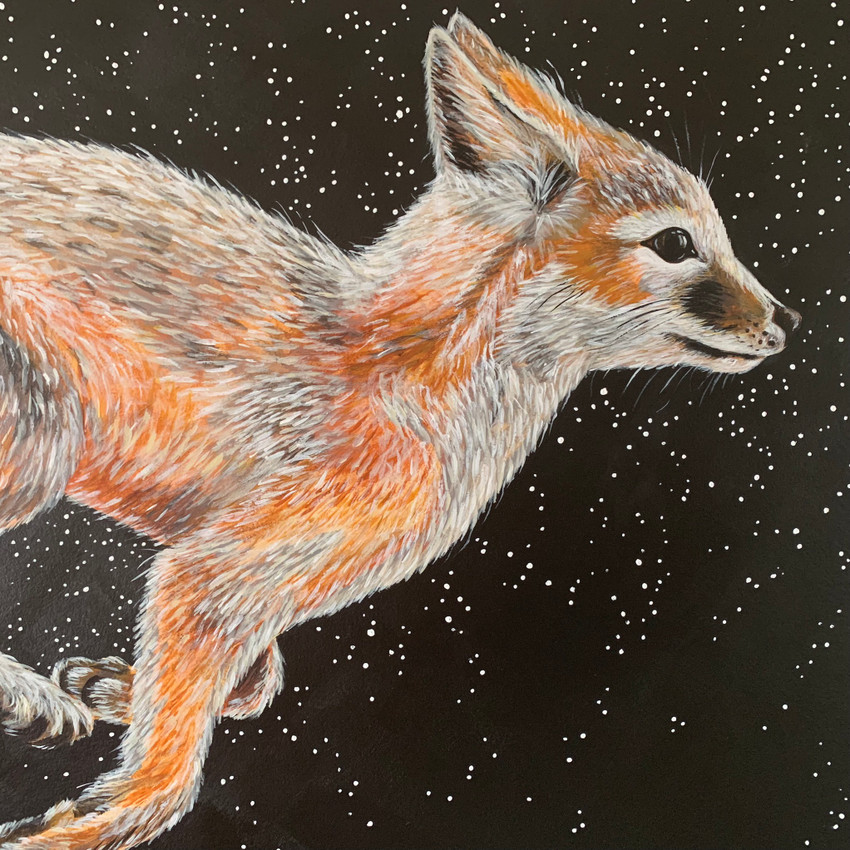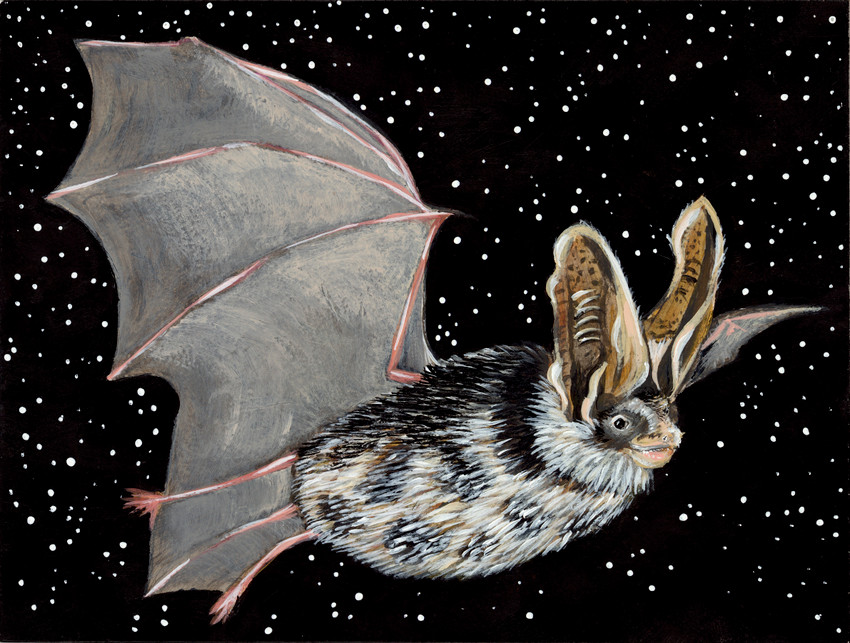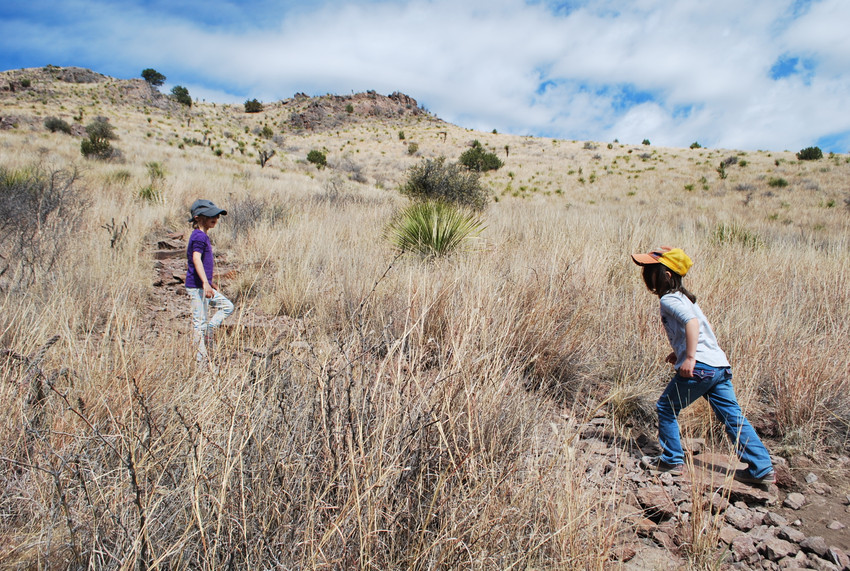Looking for a way to show your honey some love & help Endangered, Threatened & Species of Greatest Conservation Need (SGCN) this holiday season? Think Mini-Painting! This season I am creating a series of mini American bumblebee (Bombus pensylvanicus - SGCN) paintings and a portion of the proceeds will benefit Texas SGCN!
Read MoreBlog
The Swift Fox
ABOUT SWIFT FOX:“Swift Foxes are characteristically nocturnal animals, although they are sometimes active during the daytime as well. The leave their dens at night to hunt and rarely move far from their dens. They rely on speed and nearness to their dens for safety. Foxes from many different family groups may hunt in the same territory, but not nec
Read MoreMeet the Threatened Spotted Bat (Euderma maculatum)
Bats are incredible creatures... though I had to unlearn so much cultural coding to really understand that... Waaaay back when I was in high school I was lucky enough to qualify to participate in a Save the Rainforest study trip in Belize... Even cooler- I went with my best friend. Together we spent one week in the rainforest learn
Read MoreDavis Mountain Cottontail
A few years ago we camped & hiked as a family in the Davis Mountains... sure wish we would have caught a glimpse at the Sylvilagus robustus aka the Davis Mountain Cottontail. ABOUT DAVIS MOUNTAIN COTTONTAIL“Davis Mountain cottontails, live in mountains of the southern United States and northern Mexico. They live between the Rio Grande River in
Read MorePainting a swimming rabbit! Meet the Swamp Rabbit (Sylvilagus aquaticus- ).
Did you know there are over 1,300 species on the Species of Greatest Conservation Need list in Texas alone?ABOUT THE SWAMP RABBIT:“The swamp rabbit, as the name suggests, inhabits poorly drained river bottoms and coastal marshes. Well adapted to a semi-aquatic habitat in that its dense fur “waterproofs” its skin, the animal is at home in the water.
Read More




